The event unfolded on a day that began with yet another deadly missile strike on Ukraine, transforming the evening into a moment of communal support and resilience. Nearly 500 attendees gathered under the open sky, including Ukraine’s Deputy Prime Minister for European and Euro-Atlantic Integration Olha Stefanishyna, Minister of Culture and Strategic Communications Mykola Tochytskyi, First Deputy Minister of Foreign Affairs Serhiy Kyslytsia, Chargé d’Affaires of the Embassy of the Kingdom of the Netherlands Esselin van Ertzen, as well as diplomats from Germany, Austria, Israel, and the Netherlands. Volunteers, students, and admirers of Zhadan’s work joined them.
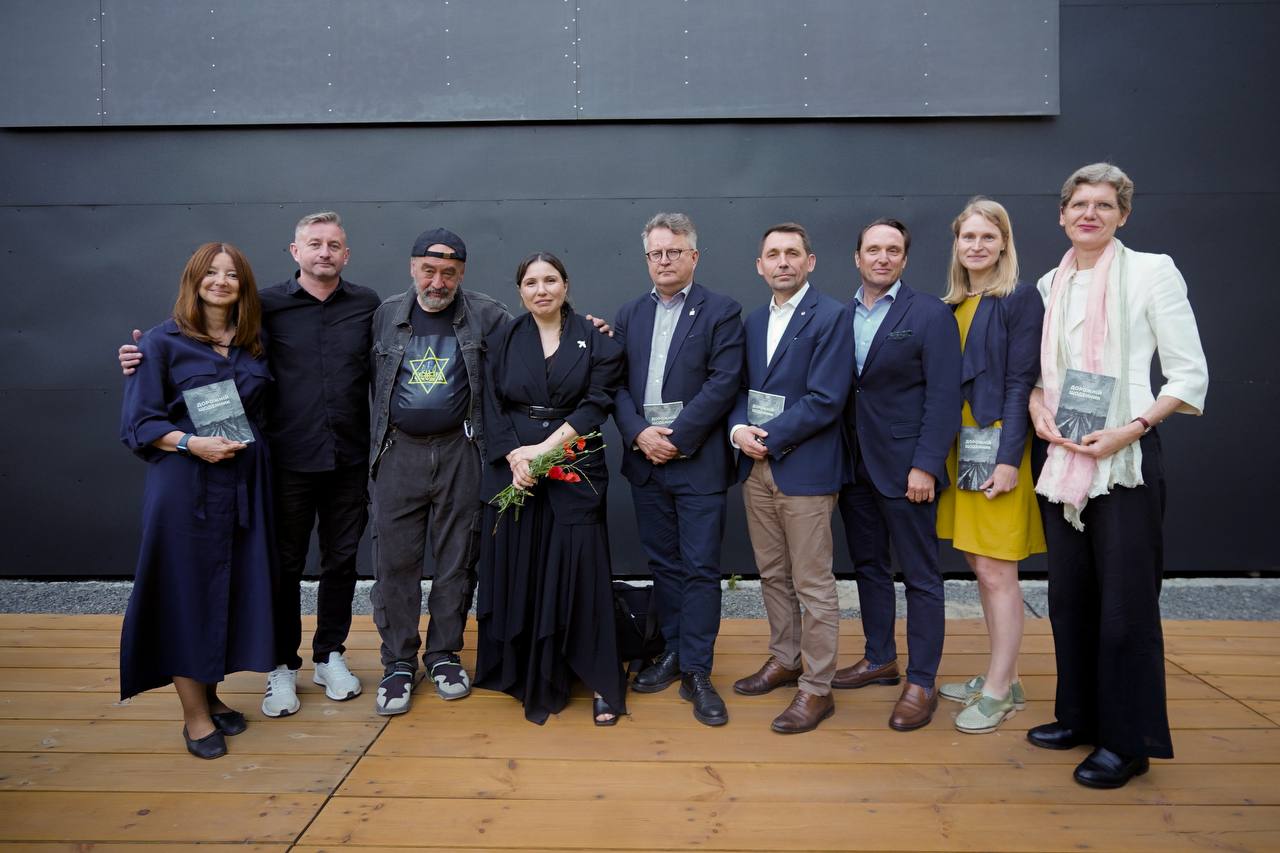
Opening the evening, Director of Babyn Yar National Memorial Roza Tapanova addressed the crowd:
“This has been a horrific night. There is so much pain, and for a moment, we questioned whether this event should go on. But we all agreed: yes. Because tonight, we will hear the words of those who have found language for pain. This is the first open-air public event ever held at Babyn Yar. It reflects our strategy — to keep memory alive, not as a ritual, but as a force that helps us resist evil.”
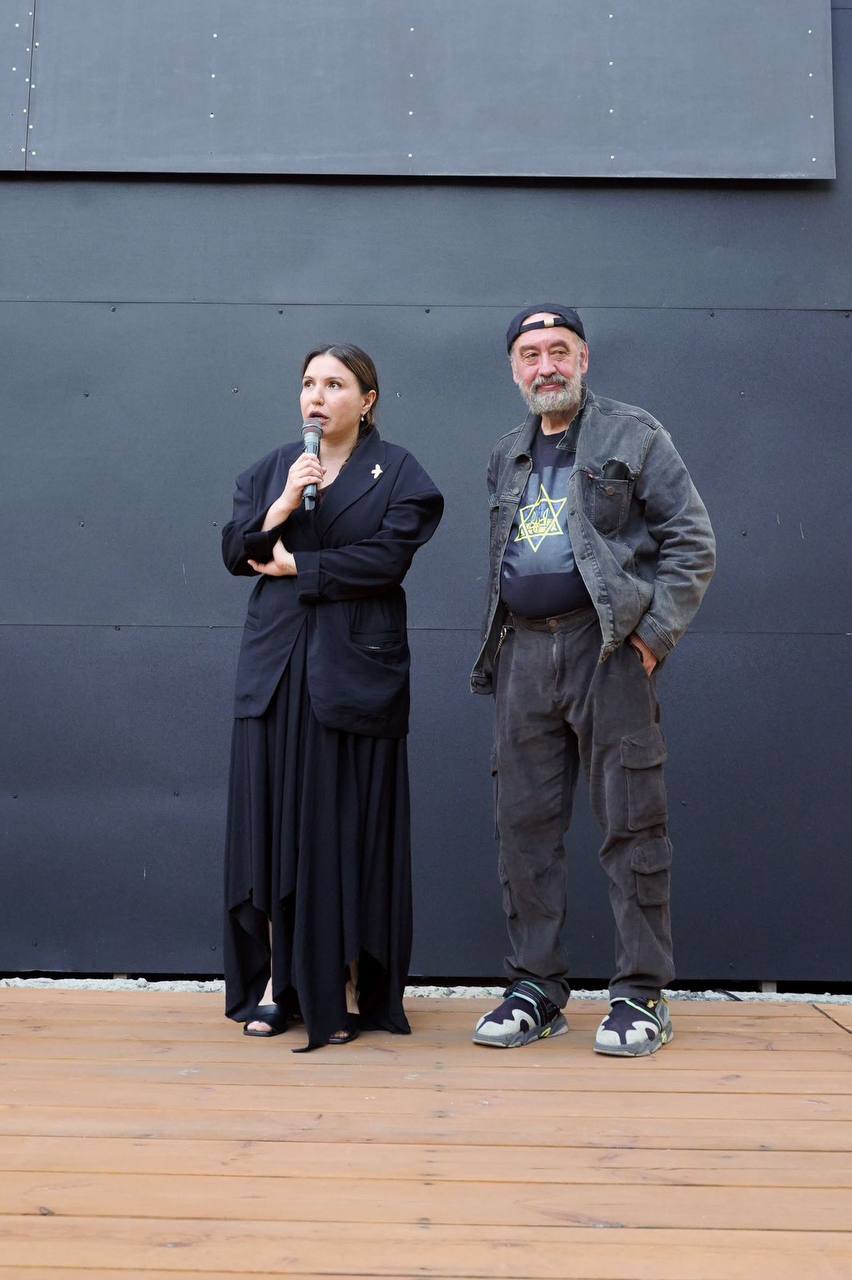
Zhadan read newly composed poems on war, loss, and endurance. His voice was joined by the words of Paul Celan — including the iconic Death Fugue — in Ukrainian translation.
“This poetry gives us the strength not to fall into despair. It helps us hold on and breathe together,” Zhadan said.
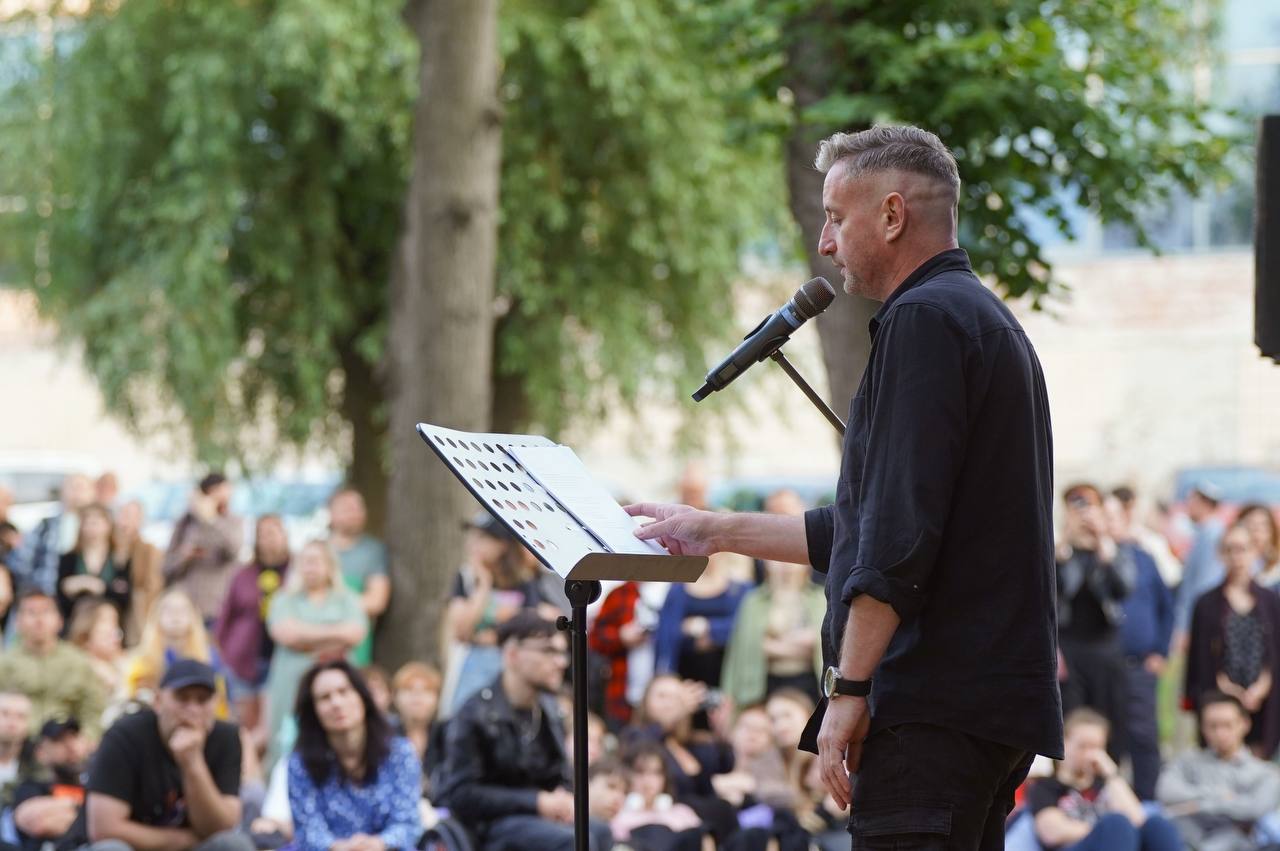
Visual artist Matviy Vaisberg also took the stage. He is the illustrator of “Road Diary”, a collaborative book with Zhadan, and the creator of several murals now integrated into the Babyn Yar site. That evening, his artwork — including The Angel of the Ukrainian Armed Forces, The Star of David, and The Menorah Missing a Candle — formed a symbolic visual backdrop, expressing grief and resistance through art.
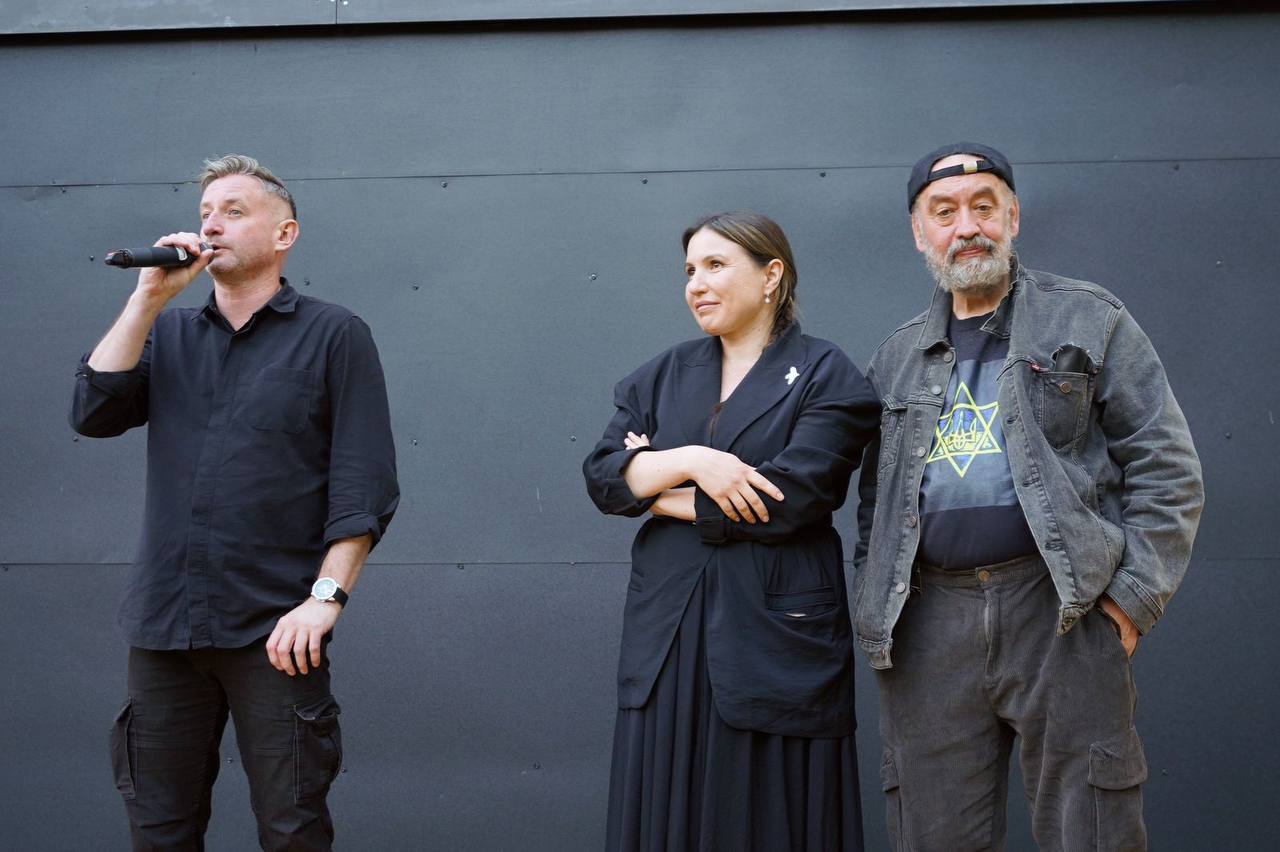
As part of the event, donations were collected to support the “Khartia” brigade of the Ukrainian National Guard. Guests had the opportunity to meet the artists, collect autographs, and participate in an informal photo session.
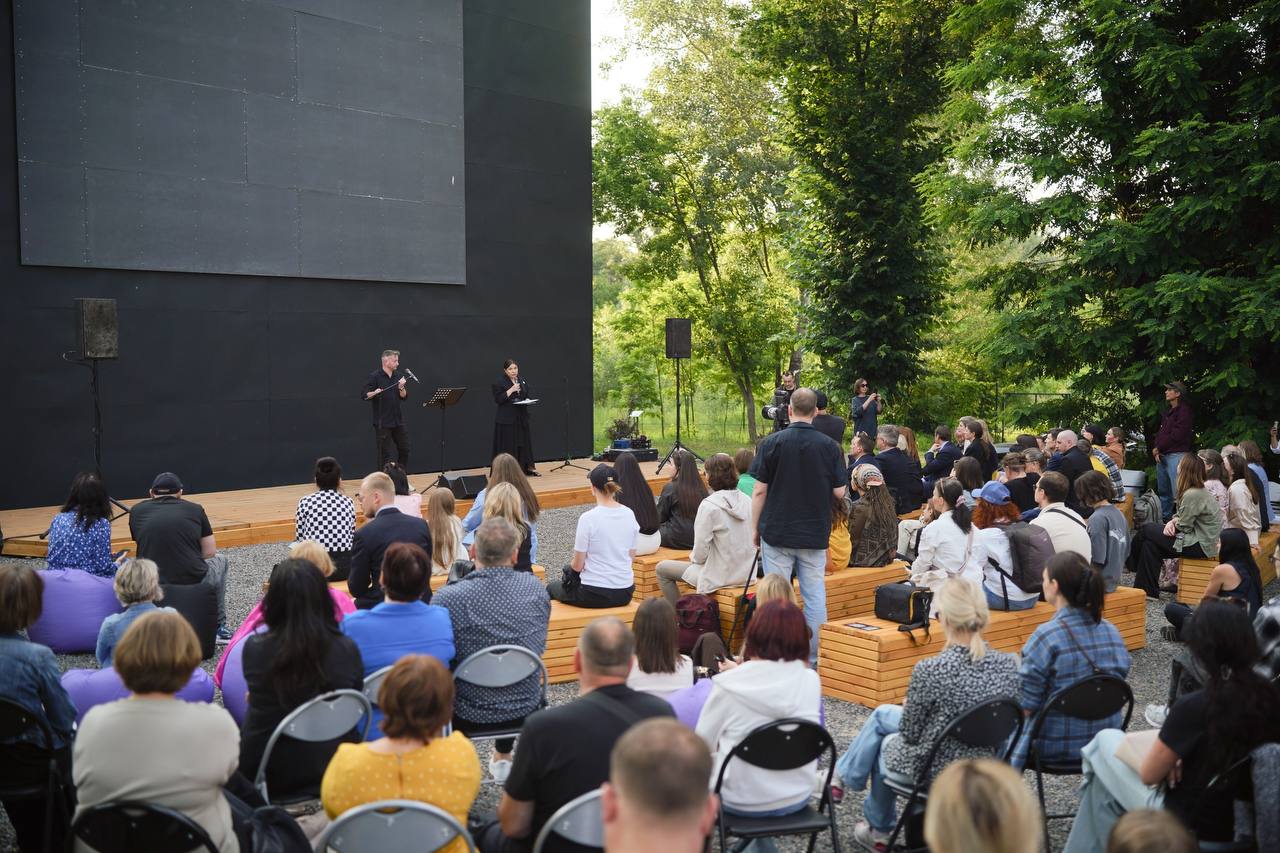

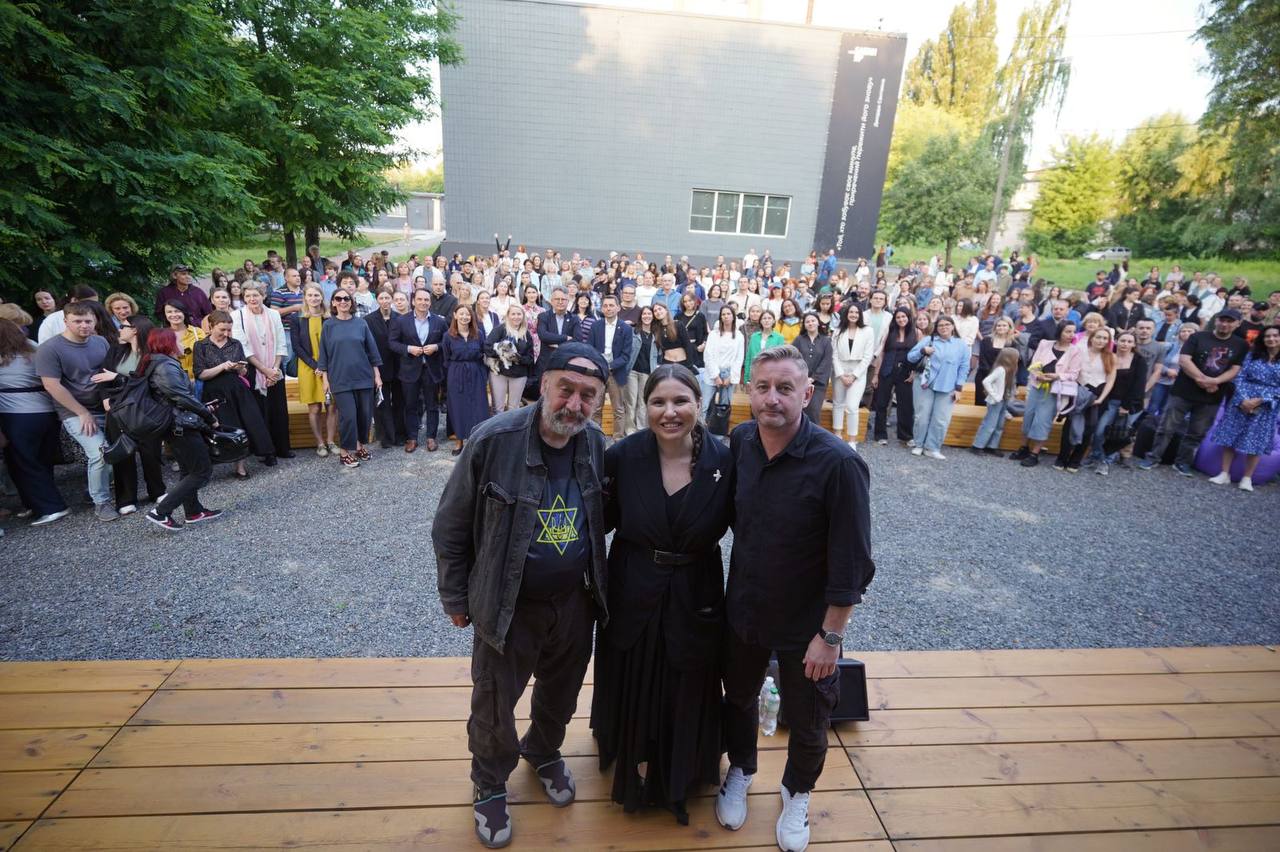
Memory is not passive — it is an action. One that empowers, heals, and unites.
